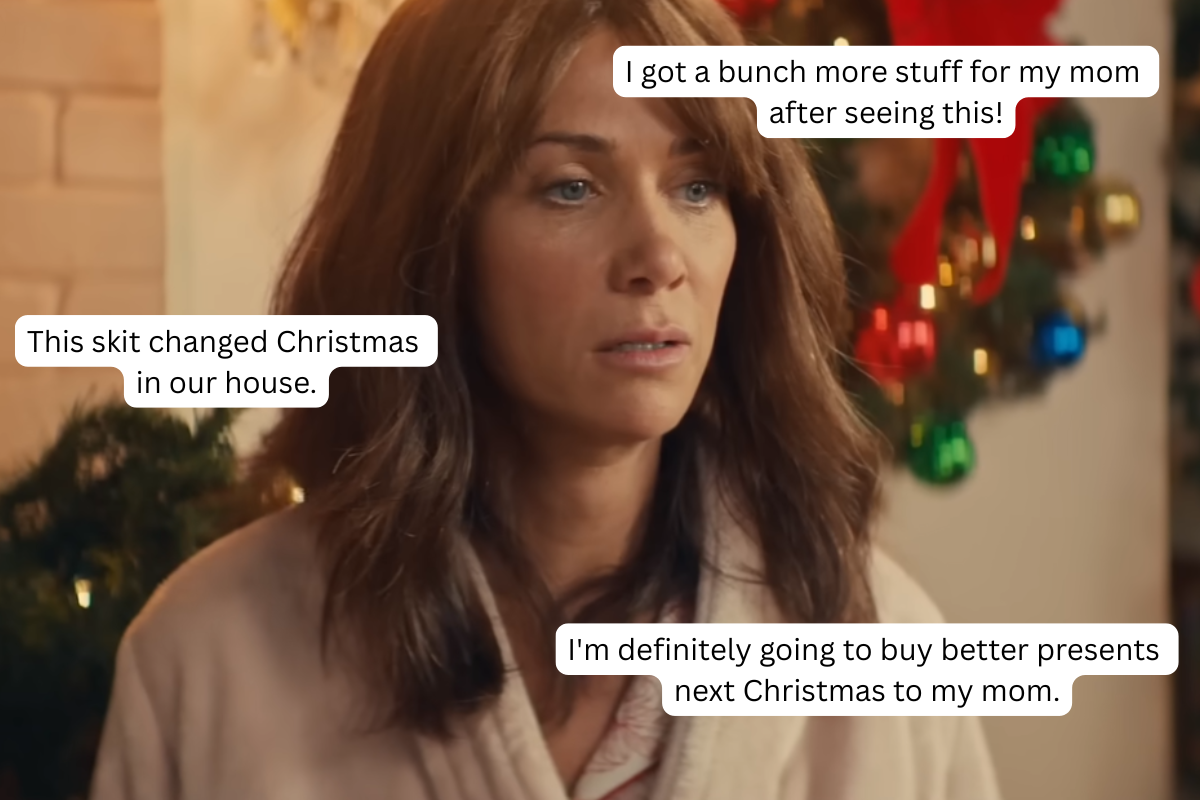A popular board game gets rid of competition and gives players a more meaningful goal: teamwork.
Here's a type of board game you may not be used to. It's fun, insanely fast-paced, and winning means saving the world ... through teamwork!
In the board game Pandemic, there are no winners if there are losers.
Huh? Then how am I supposed to win?
That's not really the point.
In this cooperative board game, you play to save the world. Not just yourself. But everyone. If players lose, the world is consumed by disease and everyone dies. Delightful, huh? But when you win, victory belongs to everyone!
The objective is simple: Keep everyone alive.
Oh, and if your favorite board-game victory so far is that time you built 38 hotels on Park Place and Boardwalk, throwing everyone else into bankruptcy, trust me, this is way more fun (and a lot less sadistic).
Here are five lessons from Pandemic to get you saving the world — on the board ... OR IN LIFE!
1. You've got to have friends. So reach out!
Remember the saying "No man is an island." That was not a question. Remember it anytime you feel overwhelmed. The cards — and life — will throw some tough puzzles to crack, and other people's perspectives can help you solve them.
2. Teamwork makes the dream work.
In Pandemic, players either work together to beat the game (by curing all the diseases) or the game beats them (and everyone dies). That's right! It's us against the world, baby! Sound familiar? Because that's what being a human is!
3. There's strength in numbers. The more people you help, the better your chances of saving the world.
Image by The National Institute of Allergy and Infectious Diseases.
Once enough people in a given population are immunized against an infectious disease, that limits the chances of an outbreak of that disease. It's called herd immunity. And it's why we use vaccines.
But the same concept can apply to cooperation. Teaching selflessness is like vaccinating families, teams, or even entire communities against that jerk who can ruin it all, like the occasional domineering player in Pandemic.
4. You can't always get what you want. But if you try, you can get what you need.
Matt Leacock invented Pandemic. His goals are pretty straightforward.
In Pandemic, outbreaks will happen. But if every player has their eye on the prize, there is hope for survival despite many disastrous setbacks. Most of our daily challenges may not be of an on-the-verge-of-apocalypse nature, but when we're problem-solving, it's important to bear in mind the real need behind our judgments and actions.
5. Winning comes in many forms, large and small.
Image by Toms Baugis/Flickr.
A Pandemic victory is the rescue of humanity from four killer diseases. Huge, right? But we can always spot little wins riddled throughout everyday life — like, say, using a board game to teach your kids some fundamentals of being a good person.
Family gaming website The Board Game Family named Pandemic in their top 10 must-have family games. They appreciate that Pandemic and other cooperative games teach kids this truly worthy lesson: working together, not rolling the dice, is how you win.
"The first time we played a cooperative board game we knew we'd found something cool. There weren't hurt feelings from being beat. And there weren't accusations of being picked on by a sibling. Instead there was a lot of teamwork as we tried to win the game together."
— TheBoardGameFamily.com
If what you want in a game night is a chance to collaborate and practice being better humans, give cooperative board games a whirl.
Here's a backgrounder on Pandemic, courtesy of Ozy:




 It's sweet when they make you a "cheer up" card, but it shouldn't be happening all the time. Photo by
It's sweet when they make you a "cheer up" card, but it shouldn't be happening all the time. Photo by 


 A representative image of a text.via Tod Perry
A representative image of a text.via Tod Perry